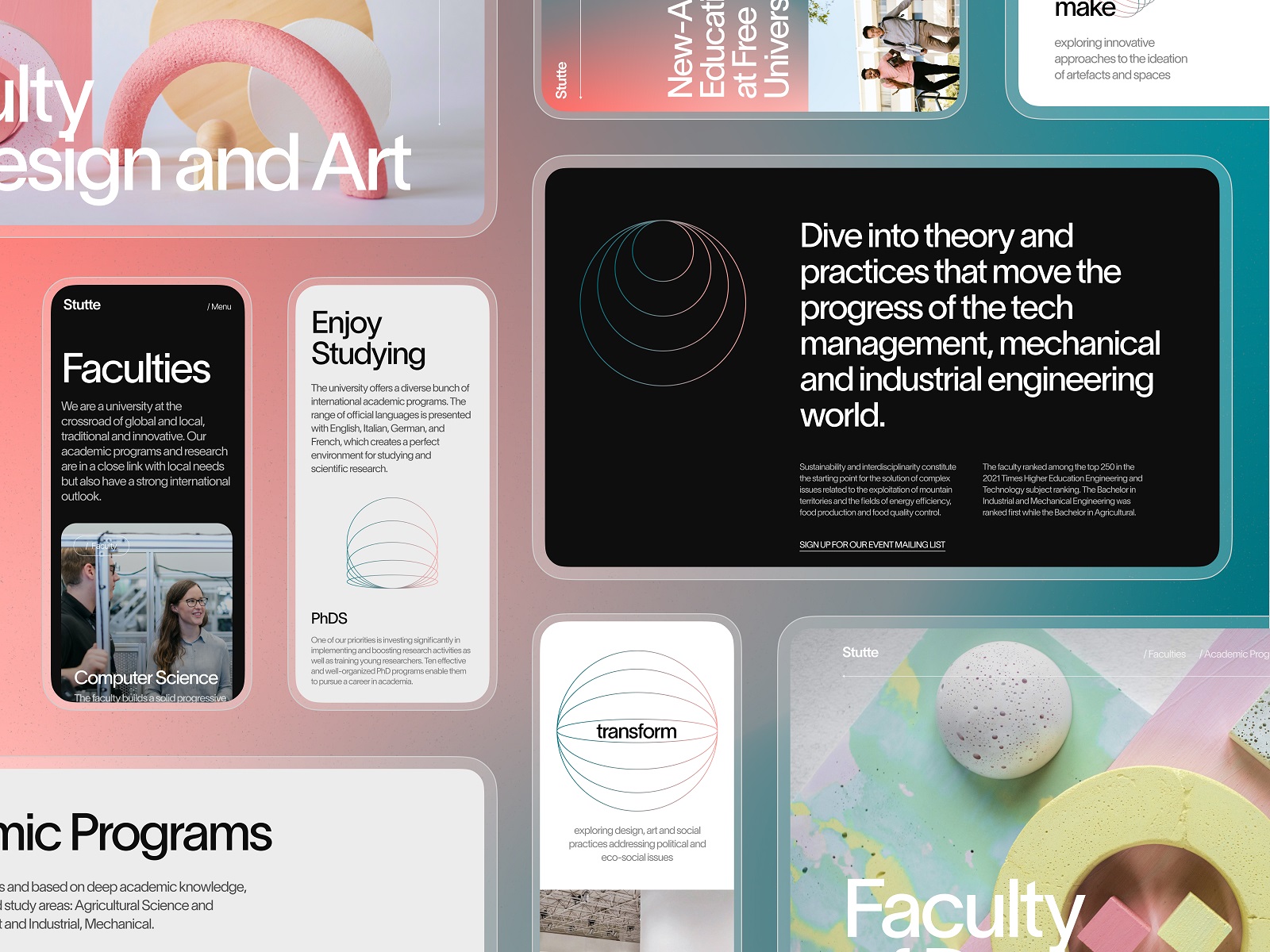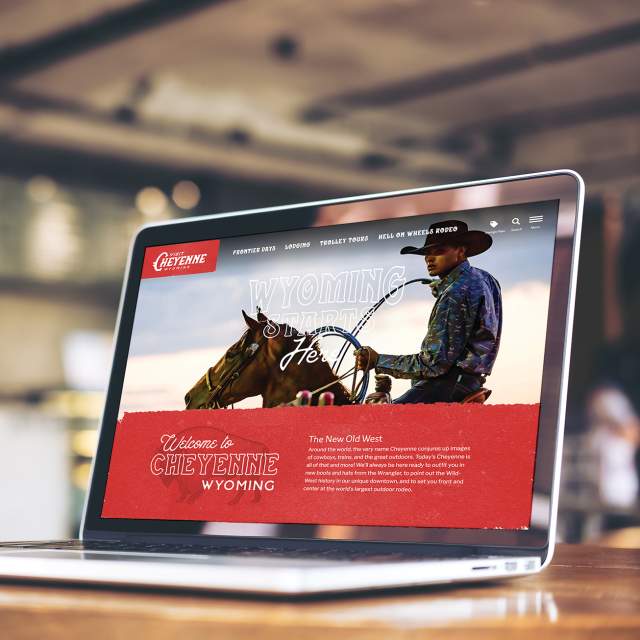How to Optimize Your Website Design for Better User Engagement and Retention
How to Optimize Your Website Design for Better User Engagement and Retention
Blog Article
The Ultimate Overview to Modern Internet Site Design Trends
In the ever-evolving electronic landscape, modern-day website layout trends play a crucial duty in forming customer experience and interaction. From the increase of minimalist style concepts that focus on simplicity to the impact of strong typography in specifying brand name identity, each aspect contributes to a natural on-line visibility.
Minimalist Layout Principles
Minimal style principles highlight the concept that much less is much more, promoting for simpleness and capability in aesthetic communication. This strategy strips away unneeded elements, concentrating instead on essential parts that share the designated message successfully. By prioritizing quality, minimal layout boosts individual experience, enabling visitors to browse internet sites effortlessly.
Core tenets of minimal layout consist of the use of ample white room, which creates a sense of equilibrium and company. This adverse space not only directs the viewer's attention to crucial components but likewise fosters a relaxing visual ambience. In addition, a minimal shade scheme is commonly employed, using soft colors or monochromatic plans to keep visual cohesion and stop frustrating the customer.
Typography plays an essential duty in minimalist design, where understandable typefaces are picked for their simplicity and efficiency in connecting material. Graphics and pictures are conserved, making certain that they serve an objective as opposed to distract from the total message. Eventually, minimalist design concepts cultivate a focused environment that motivates individuals to engage with the web content, enhancing the total performance of modern website design. This trend reflects a growing admiration for thoughtful, user-centric appearances in digital spaces.
Strong Typography Choices
Embracing vibrant typography selections has actually become a defining attribute of modern internet site layout, as it effectively catches interest and communicates strong messaging. Designers are significantly using typography not simply as a useful aspect but as a vital visual part that boosts the overall visual and user experience.

Furthermore, the juxtaposition of vibrant typography with minimal layout concepts permits striking contrasts, improving readability while keeping aesthetic charm. Using whitespace around bold message additionally emphasizes its value, making sure that the message resonates with the target market.
As electronic landscapes become more competitive, leveraging bold typography makes it possible for brands to distinguish themselves and leave an enduring impression. The cautious option of font styles and their application can evoke feelings, develop tone, and drive action, making bold typography an essential device in modern internet site style. Ultimately, it is a powerful way to enhance storytelling and ensure that key messages are not only seen however additionally felt.
Responsive and Mobile-first Layout
Mobile-first and responsive style has actually become a critical concept in modern internet site advancement, reflecting the raising dependence on mobile phones for accessing online content. As user actions shifts towards mobile surfing, designers need to focus on creating experiences that adjust perfectly throughout various display sizes and resolutions.
A responsive design makes certain that a web site automatically adjusts its format, pictures, and capability based on the gadget being utilized. Mobile-first design advocates for establishing sites originally for smaller sized displays, ultimately scaling up to larger displays.
Executing receptive and mobile-first concepts not only deals with user choices however likewise lines up with seo (SEO) methods. Significant online search engine, like Google, prioritize mobile-friendly web sites in their positions, making it critical for organizations to take on these layout methods. In a competitive digital landscape, welcoming receptive and mobile-first style is not simply an option; it is essential for ensuring availability and involvement with a varied audience.
Involving Microinteractions
Microinteractions play an essential role in enhancing customer involvement and general site experience, specifically in the context of responsive and mobile-first layout. These refined design elements supply instant feedback to customers, making interactions more instinctive and delightful. Instances include switch computer animations, notice alerts, and loading indicators, which not only overview individuals yet likewise develop a sense of link with the interface.
Including interesting microinteractions can considerably enhance functionality by decreasing cognitive lots. When users get aesthetic or acoustic comments upon doing activities, such as clicking a switch or sending a type, they really feel a lot more certain in their options. This promotes a smoother navigating experience, eventually increasing individual retention.

As web site style fads proceed to progress, the value of microinteractions can not be overemphasized. They serve as the refined yet powerful touchpoints that change ordinary interactions into extraordinary experiences, therefore elevating the overall performance of modern internet design.
Sustainable Website Design Practices
Sustainable internet style practices are coming to be progressively important as the digital landscape expands and ecological worries increase. Programmers and developers are recognizing their responsibility to produce internet sites that not just offer customer needs yet likewise minimize ecological effect. This technique includes several essential strategies.
First of all, enhancing energy intake is vital. Websites must be designed to pack promptly and effectively, which minimizes server energy use and improves customer experience. Techniques such as picture compression, minimizing HTTP demands, and using modern-day coding techniques contribute substantially to this goal.
Secondly, selecting click here for more environment-friendly hosting providers is critical - website design. Many organizing business are currently powered by renewable power resources, making it possible for web sites to operate in a more sustainable way. This selection mirrors a dedication to reducing carbon impacts
Moreover, adopting a minimal layout can enhance sustainability. Less aspects on a page lead to much less data transfer, which not just quickens filling times however also preserves sources.
Finally, advertising digital accessibility makes certain that websites reach a broader target market without unnecessary bloat, aligning user experience with ecological responsibility. By integrating these lasting techniques, web designers can add positively to both user click to read involvement and the earth's well-being.
Verdict
In summary, modern website design trends stress the combination of minimalist concepts, vibrant typography, and receptive style to improve customer experience. Taking on these patterns is important for developing impactful digital experiences that resonate with users in an increasingly competitive online landscape.
In the ever-evolving electronic landscape, modern internet site style trends play a critical duty in forming customer experience and involvement. By focusing on clarity, minimal layout improves user experience, enabling site visitors to navigate web sites website link easily.
Inevitably, minimal design principles cultivate a concentrated setting that encourages users to involve with the content, boosting the general performance of modern-day web site layout.Microinteractions play a critical role in enhancing user involvement and total web site experience, particularly in the context of mobile-first and responsive design.In recap, modern internet site layout fads highlight the integration of minimalist principles, bold typography, and receptive style to boost user experience.
Report this page